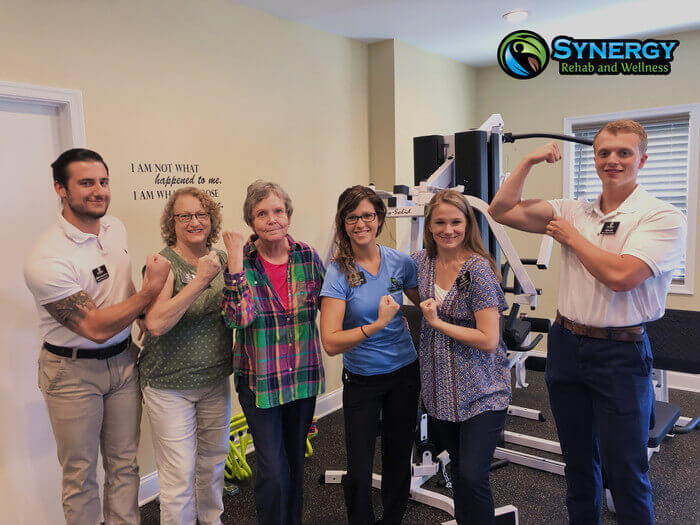Get the Relief You’ve Been Looking for with the Help of Physical Therapy
If you are living with arthritis, you are not alone. In fact, according to the Centers for Disease Control and Prevention (CDC), almost a quarter of all American adults are living with arthritis
Arthritis is a general term that actually encompasses hundreds of different diseases. Whether you have osteoarthritis, rheumatoid arthritis, or any other type of arthritis, two of the most common symptoms are inflammation and joint pain.
Whatever type of arthritis you are living with, you are likely struggling to overcome varying degrees of pain. If you are taking opioids for arthritis pain, you need to know that there is a better option.
How can a physical therapy treatment plan benefit me?
Physical therapy can be an effective alternative to taking opioids for arthritis pain.
There are several specific ways that a physical therapist can help an individual struggling with arthritis pain, including, but not limited to:
- Home modification recommendations – A physical therapist will be able to make suggestions for your home environment that can help ease arthritic pain. These might include mats to stand on in your kitchen, ergonomic chairs, or certain types of mattresses or bedding you can use.
- Assistive device recommendations – During physical therapy treatment you can also learn how to correctly use devices such as braces, canes, or walkers.
- Exercise therapy – A physical therapist can teach you exercises that will increase flexibility and strength. These exercises can also reduce the pain you experience when carrying out daily activities. According to the American Physical Therapy Association, research shows that individuals with arthritis can exercise without making pain worse.
- TENS therapy – TENS is Transcutaneous Electrical Nerve Stimulation therapy. This type of physical therapy includes pulses of electricity used to target arthritis pain. A physical therapist can place electrodes on the skin over the area of pain. Low amounts of electricity pass through to the joints. This can temporarily relieve arthritis pain.
- Manual therapies – A physical therapist can provide massage or use hot or cold therapy to ease arthritic pain. Massage can help improve circulation which can reduce joint pain.
What should I know about the dangers of opioids?
Opioids are a powerful narcotic that works to cause the numbing of pain. They have the ability to bind to the brain’s opioid receptors and to limit the messages of pain that are being sent to the brain. Both oxycodone and morphine are considered to be opioids, both of which are commonly prescribed for pain relief.
While opioids and other pain relieving drugs may be beneficial when carefully used over a short period of time, they are not without serious drawbacks. In fact, many of them are highly addictive and often interact poorly with other drugs.
Approximately 42,000 deaths related to opioid overdoses occurred in just 2016 alone. If you are currently taking some type of opioid for your arthritis pain, it is important to know that there is a safer alternative that can reduce and even eliminate pain altogether: physical therapy.
Is arthritis causing limitations to your daily life?
If you are living with osteoarthritis, you’re likely to experience pain, stiffness, and limited flexibility.
Rheumatoid arthritis may cause similar symptoms, in addition to affecting the organs in the body.
Psoriatic arthritis and gout are also types of arthritis that can cause varying levels of pain, inflammation, and immobility.
Arthritis pain may affect even the simplest of daily activities. Doing the laundry, cooking, or even walking up and down the stairs can prove difficult. The severity of the pain may also change on a daily basis. Because of this, it can become very easy to rely on powerful pain medications to cope with arthritis pain.
Fortunately, physical therapy can provide better long-term relief for your arthritis pain than any drug alternative.
Get started on a physical therapy plan for arthritis relief today!
If you are struggling with daily arthritis pain, a licensed and trained physical therapist can work with you to increase your mobility while also reducing pain.
Even if you are already taking opioids or other pain management drugs, an individualized physical therapy program may help you reduce the amount of medication you are taking.
To find out how you can reduce your arthritis pain a safe and natural way, contact Synergy Rehab and Wellness today!


